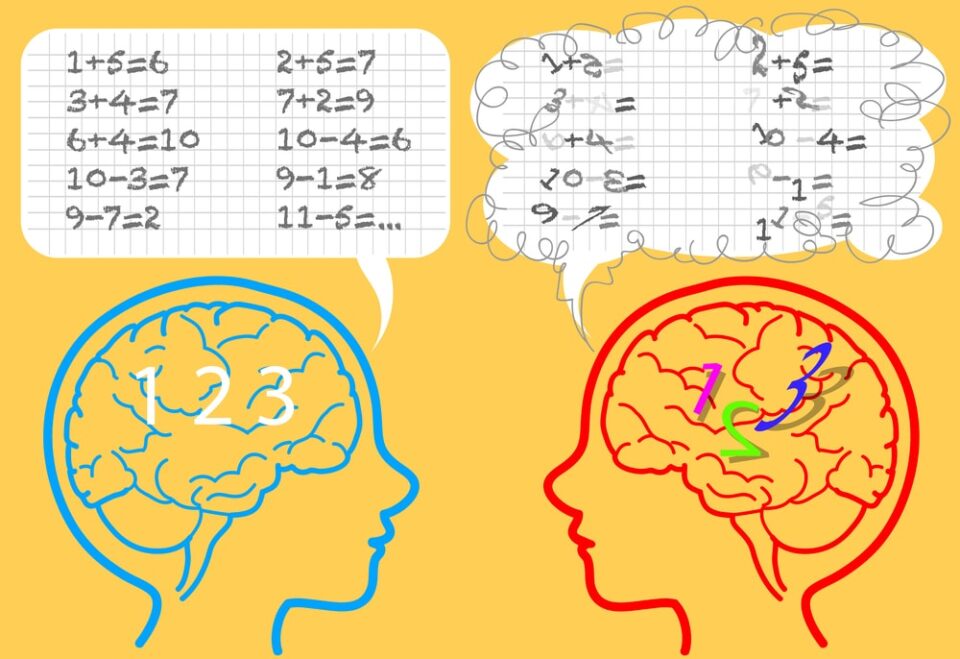This year, UC San Francisco scientists will offer the screening to more schools.
Dyslexia is a learning disorder affecting 20 percent of the population and representing 80– 90 percent of all those with learning disabilities, yet California remains one of only ten states that do not require Dyslexia screening for young students.
Education experts agree that early intervention is key to addressing this disorder which makes identifying speech sounds and associating them to letters, difficult for people with Dyslexia. Diagnosis and intervention is extremely important for reading success, especially in the very young.
So why hasn’t California adopted a screening mandate to identify students and catch them at the most critical time in elementary years?
According to Decoding Dyslexia CA, one in five students may have some degree of Dyslexia. The grassroots movement sponsored a bill in 2021 that would mandate the screening of students in kindergarten to second grade for possible dyslexia. Senate Bill (SB) 237 received full support in the senate with a unanimous vote, but the bill went no further when it was not brought to a vote in the Assembly’s Education Committee. No explanation was given as to why it didn’t come up for a vote.
SB 237 was opposed by the coalition of English learners advocates which was wary of English learners being misdiagnosed and relegated to a narrower reading curriculum. California public schools have more than one million students for whom English is a second language. This misconception that screening will unfairly fast-track English learners to special education has prevented greater support for the process and put children with undiagnosed Dyslexia at a great disadvantage.
Opposition for the bill also came from the California Teachers Union who argued that it would take away from classroom teaching time as the screening would be done by teachers. They also voiced the same concern that the Dyslexia screening may not be accurate among students learning English, over-identifying them with the disorder and erroneously placing them into special education classes.
The lack of screening however, may ensure that a number of students would end up in special education classes having not been screened in time. Well-established research points to early detection as a means to prevent all students from falling far behind in reading skills.
In the meantime, the state’s legislators haven’t been afraid to fund dyslexia screening. UC San Francisco’s (UCSF) Dyslexia Center was allocated $30 million in funding from the state’s budget. They have developed a screener called Multitudes which began testing in a limited number of schools last fall and is available in three languages: English, Spanish and Mandarin. The new digital tool is free for all California public schools, to aid in the early identification of Kindergarten and First Grade students who may face challenges learning to read, “ the site stated.
This year UCSF scientists will offer the screening to more schools and with an updated Spanish screener in the works, more in line with how young bi-ligual students speak, some fears of misdiagnosis may be allayed.
When students with Dyslexia don’t get the intervention in time they lag behind in reading skills according to the experts, so finding the right balance between accurate screenings with English-learners and intervention for students struggling with undiagnosed Dyslexia is of utmost importance.


